McALLEN, Texas — When people talk about building a border fence, often they’re talking about Texas.
Nearly half of the border between Mexico and California, Arizona and New Mexico already has some sort of barrier. But Texas, which claims 1,245 of 2,000 miles on the nation’s southern border, has only about 100 miles of fence.
The Rio Grande, narrow in West Texas but swelling to an average of 200 feet across in the Rio Grande Valley area, has been a natural divider.
A decade after the Secure Fence Act required the Department of Homeland Security to build up to 700 miles of border fence, what’s been built so far is not only what made sense tactically, but what was easiest to put up, says Scott Nicol, who leads the Sierra Club’s Borderlands campaign out of McAllen.
Nicol walks through the Old Hidalgo Pumphouse, one of nine locations of the Rio Grande Valley’s World Birding Center, less than half a mile from the border. A sign promises a pedestrian walking trail into the National Wildlife Refuge next door, yet the path ends at an enormous metal gate flanked by a fence made from 18-foot-high steel beams.
“They built this here because it’s federal land and they didn’t have to fight anybody,” he says.
Most of the land along the border in the Western states is owned by the federal government, something known as the Roosevelt Easement. This 60-foot buffer does not exist in Texas, where private landowners must give up their property for a fence to be built.
To put up the 100 miles of fence that exist today required 400 landowner condemnations and led to several long and costly lawsuits.
A further challenge: A treaty between the U.S. and Mexico prohibits building anything that interferes with the flow of the river or that worsens flooding for either country. As a result, in most places the fence stands on top of the levee, half a mile or more from the river.
In the Rio Grande Valley, the southernmost tip of Texas anchored by the cities of McAllen and Brownsville, the fence doesn’t separate countries. It cleaves farmlands, splits backyards and divides neighborhoods.

Putting up 100 miles of border fence in Texas, like this stretch in Brownsville, meant 400 landowner condemnations and several costly lawsuits. More fencing is not a Border Patrol priority in certain areas, according to the chief of the Rio Grande Valley Sector.

THE TEXAS BORDER: EL PASO, BIG BEND, DEL RIO, LAREDO AND RIO GRANDE SECTORS
• 1,241 total of border miles
• 114.8 pedestrian fence miles
• .2 vehicle barriers
• 91 percent unfenced
• Much of the land along the Rio Grande is private property.
• The Rio Grande Valley sector has the highest number of apprehensions along the Southwest border.
INTERACTIVE MAP OF TEXAS-MEXICO BORDER
RED LINE = FENCED AREAS
Drag to move along the border. Tap dots to learn more about key spots along the way.

WINDING RIVER
From above, the path of the Rio Grande looks like a cursive sentence written during an earthquake. The river flows and folds, winds and rewinds, curls and curves.
Flying over the Border Patrol’s Rio Grande Valley Sector, the challenges for enforcement are clear. The argument for the existing fence can be won or lost depending on which of the 18 sections of fencing that dot the area you focus on.
Even with air support from a helicopter flown by agents with Air and Marine Operations, with Border Patrol agents on foot and on ATVs, once smugglers make it past the river, they can disappear in the dense vegetation.
In some areas they run into a concrete levee wall topped by an 18-foot fence. The easiest way to get across is to find a road that goes through the barrier. This funneling is part of the tactical benefit of the fence, officials say.
In other areas, the fence can be easily climbed. And in some places, the fence just stops and there is no barrier at all.
But more fencing is not a priority, says Manuel Padilla, chief of the Border Patrol’s Rio Grande Valley Sector. That’s because the river does what the fence does.

State troopers patrol the Rio Grande in Mission, Texas, near McAllen. Once smugglers make it past the river, they can disappear in dense vegetation.
“If you have detection technology where you are monitoring the river, it doesn’t have to be a fence. And then you have river patrols,” he says.
Padilla, who was chief of the Border Patrol’s Tucson Sector before taking command in Texas earlier this year, says fencing works in population centers, pointing to Nogales as a place where it was critical to curtailing traffic.
“That was our busiest area for several years, just that small stretch of border. You have a fence, you have a road and then you have technology and you have the people to complement that enforcement strategy,” he says.
But Texas and Arizona are not the same, and the strategies for securing their borders should not be the same, he says.
“The terrain here is totally different. The technologies we use in Arizona may or may not — in most cases, do not — work to the level that it works over there,” he says. “Here you have very dense vegetation, the cloud cover, the humidity. It calls for a totally different type of technology.”
When it comes to border security, Padilla differentiates between his agency’s primary missions: anti-terrorism efforts, cross-border crime and illegal immigration.
Keeping tabs on those who would harm America by exploiting the border between the ports of entry is the top priority, he says. And that job depends as much on personnel, technology and infrastructure as it does on intelligence efforts.
Beyond that, he says, sealing the border is not an attainable goal.
“You are always going to have cross-border crime, period. You’re always going to have migration, you’re always going to have to deal with the demand for narcotics and the supply of narcotics. We’re not in the business of guarantees but we are in the business of mitigating risk to a level where people feel safe along the border communities.”
The Rio Grande Valley Sector has come to prominence the last few years for the soaring number of immigrants being detained.
Last year, the sector had 147,000 apprehensions, more than double Tucson’s 63,000.
It all has to be put in perspective, Padilla says.
Ten years ago, the Tucson Sector saw 392,000 apprehensions. Go back to 2000 and it topped 600,000. So even the high-water mark for the Rio Grande Valley Sector, which so far is fiscal 2014, was far below how things used to be.
And the immigrants being detained are far different, a large percentage being unaccompanied minors and families.
While the vast majority of illegal immigrants here used to come from Mexico, now most come from Central America — El Salvador, Honduras and Guatemala.
“That population was not trying to evade apprehension, they were actually turning themselves in, so that presented us with an immigration/humanitarian crisis that has no law enforcement solution,” Padilla says — that's because they're seeking asylum so they can stay here legally.
And from his view, it doesn’t need one.
“When we’re talking about unaccompanied alien children and family units,” he says, “the threat to our officers or to the community that is presented by that population does not keep me awake at night at all.”
Conny Cruz, seven months pregnant, paid $3,000 to cross the river with her two children. It would have been more, she says, if she had paid a smuggler to take them from El Salvador to the border. But she decided to cross Mexico on her own.

2014: At the height of the Central American influx into the United States, these immigrants from Honduras and El Salvador were stopped in Granjeno, Texas.
It was never her dream to come to the United States, just a way to flee a nightmare.
She was watching a neighborhood soccer game with her kids when a young boy, maybe a few years older than her 9-year-old son, walked up to a player and shot him dead.
That was the last straw.
Her aunt, who lives in Fort Worth, sent her money and paid a smuggler to help them cross. They spent three days in a warehouse before they hopped on an inflatable raft for the short trip across the Rio Grande. They walked for an hour before the Border Patrol detained them.
She and her children were released and she has to meet with immigration officials once she’s in Fort Worth.
Cruz doesn’t know whether she’ll get to stay or not, but her priorities were more immediate.
“I have to pay my aunt what she spent and get my children back in school.”
PRIVATE LANDS bisected
Drive south down Calle Milpa Verde in Brownsville and eventually you drive through the fence.
Like many spots in the Rio Grande Valley where the rust-colored steel barrier seems to pop up arbitrarily, it is a strange site. On one side you have Texas. On the other … more Texas.
Pamela Taylor was born in England, came to the United States in 1946 and became a naturalized citizen in 1951.
“I’m a gung-ho Texan,” she says.
Shortly after they arrived she and her husband bought two acres of land, about 1,000 feet from the river, and paid it off at $10 a month. It was the time of the bracero program, she says, and whole families would come over from Mexico to work, then go back. There were few problems.
But times have changed, she says. It’s different. And, for her, the fence only made things worse.

A sign on Pamela Taylor’s property, near Brownsville, calls for political action on the border.
The barrier funnels border crossers to openings where Border Patrol can more easily intercept them. Taylor’s house is in that funnel. Since the fence went up, she and her family have found marijuana under the bougainvillea bushes, watched high-speed car chases and played unwitting host.
“I had an illegal sitting in that rocking chair there,” she says. “This guy had come in, he had used my bathroom facilities and washed, shaved and everything, he was sitting there, watching the Border Patrol go by.”
The man left when asked but he gave her a fright.
Even though she doesn’t approve of those who enter the country illegally, she keeps coolers by her mailbox stocked with water and sodas, free for the taking by Border Patrol agents and border crossers alike.
“Everyone thinks the fence is along the river. No, it’s on the shoulder of the highway, it’s behind people’s houses,” says Michelle Moncivaiz, Taylor’s daughter. “People who farm and worked all their lives, they open their front door and that’s what they’ve got to look at.”
While Taylor has been on her property for almost 70 years, Eloisa Tamez can trace her family’s ownership back to 18th-century Spanish land grants.
Her property was bisected by the border fence.
“The politicians like to call it a fence, but it’s not a fence. I have a fence around my property and it looks different. That’s a wall,” she says.
As the government moved to build the fence, it was disheartening how unwilling officials were to listen to property owners, they say.
The government bureaucracy, led by then-DHS Secretary Michael Chertoff, didn’t seem to understand the different relationship between people in the valley and their land, Tamez says.
“My father farmed, my grandfather farmed. They carved out a life for us that way,” she says. “The land and the water, it’s so valuable.”
Tamez sued the government, one of several court actions in Texas against the border fence. Even though she knew she would eventually lose the battle, she took pride in the fight.
“I wanted to make sure that when Chertoff stepped into his last day of work, Dec. 31, 2008, that wall wouldn’t be up. And it wasn’t,” she says.
They had a tamal-making party to celebrate. But although the secretary left office, the fence still came.
Now, if Tamez wants to access the part of her land on the other side of the fence, she either has to go about a quarter mile east, down a road to get to the levee and then back to her property, or more than half a mile west to an opening in the fence.
“Farmers or ranchers in Kansas or Nebraska, can they go through all their land without being not only stopped by a barrier but by the Border Patrol? Why are we not equally protected?”
While Tamez speaks for many landowners affected by the fence, some feel it’s a necessary sacrifice.
“I feel more secure and sleep better at night,” says Jesse Reyes, whose home is only a few feet from the fence that cuts across his property. He’s lived there for more than 40 years and his extended family occupies the houses next to his.
Most of their property extends behind the fence, where his father used to farm. There’s a horseshoe lake back there where they fish and take out a boat.
Behind the fence is where he walks his dog.

Using a pass code, Brownsville landowner Jesse Reyes opens a government-owned gate, giving him access to the rest of his property.
Every morning, Reyes punches numbers into a keypad a few feet from his backyard. A government-owned gate opens, giving him access to the rest of his property. Most days it opens slowly, unless there’s been a storm and the fence got hit by lightning, then the code stops working for a while.
He waves to the Border Patrol agents who drive along the road that runs by the fence. They chat sometimes. On one walk he found 60 pounds of marijuana.
FENCE BRINGS CHANGES
Even those who oppose the border fence will tell you it has changed things considerably here.
“Before you would see Border Patrol chasing people down the street. It was the Wild West,” says Mark Clark, artist and owner of Galería 409, who watched his fair share of chases from his home in downtown Brownsville.
But it made for a livelier city, he says, and he had a nicer view.
“I bought this place because it had beautiful river views from the balconies and I scarcely go out there anymore,” he says.
To Clark, the fence is an affront to Mexico and international relations. So are the expensive bridge tolls, long lines at the ports of entry and the U.S. drug war, which has turned a formerly peaceful town like Matamoros across the river into a narco battlefield, he says.
“The wall is just the icing on the cake,” he says.

Mark Clark, artist and owner of Galleria 409, can see the border fence from his gallery’s balcony in Brownsville. To him, the wall is an affront to international relations.
Many people whose lives were impacted by the fence here — those who had to give up part of their property or who ended up living south of the barrier — believe it does not stop illegal traffic.
“It was a political movement to fill the pockets of corporations, but what does it do? I know we get all sorts of figures all the time, but we also know that a lot of people continue to pass through,” says Tamez, who was involved in one of the court actions to stop the fence.
There are a few arguments for the fence, she says, but they’re hollow.
“It helps fight terrorism, they say, but no one responsible for 9/11 came through this border,” she says. “It keeps out undocumented people, but if governments that have all the resources in the world cannot stop illegal immigration, how’s a wall supposed to do it? Then it’s drugs. If at any time the people who sell those drugs cannot cross that wall, they’ll blow it down.”
If anything, the fence gives people a false sense of security, says Scott Nicol of the Sierra Club.
“The river doesn’t stop anybody. The wall doesn’t stop anybody,” he says.
While there was a lot of opposition when the fence was proposed and as it went up, people have learned to live with it, Nicol says.
“It’s like if somebody builds a dump next to your house and after a while you get used to the smell. You still hate it but you just don’t pay it a lot of attention,” he says. “It generally gets written off as one more wasteful federal government boondoggle.”
But the idea of more fencing — or Donald Trump’s wall — is not a popular option in South Texas.

“The wall itself doesn’t work, but the symbol says a lot,” says Mike Seifert of the Rio Grande Valley Equal Voice Network in Brownsville. “It’s a symbol of great loss. The loss of our identity, the loss of our home.”
“Just enforce the laws we have now and it will be a lot cheaper,” says Rod Hickman, a truck driver from Killeen, Texas who describes himself as, “a Christian, a Texan and an American. In that order.”
“If people can’t work here then they won’t come here,” he says. “Let’s try the easy things first.”
Many border residents support immigration reform, especially a guest worker program that lets immigrants work legally and then return home. The same goes for holding the countries that immigrants come from responsible for the violence and poverty that force their citizens to leave.
“It makes much more sense to address the root causes, the reasons people want to come, and regulate that traffic,” Nicol says. “As opposed to coming up with this idea that you’re going to stop it. It’s just not realistic.”
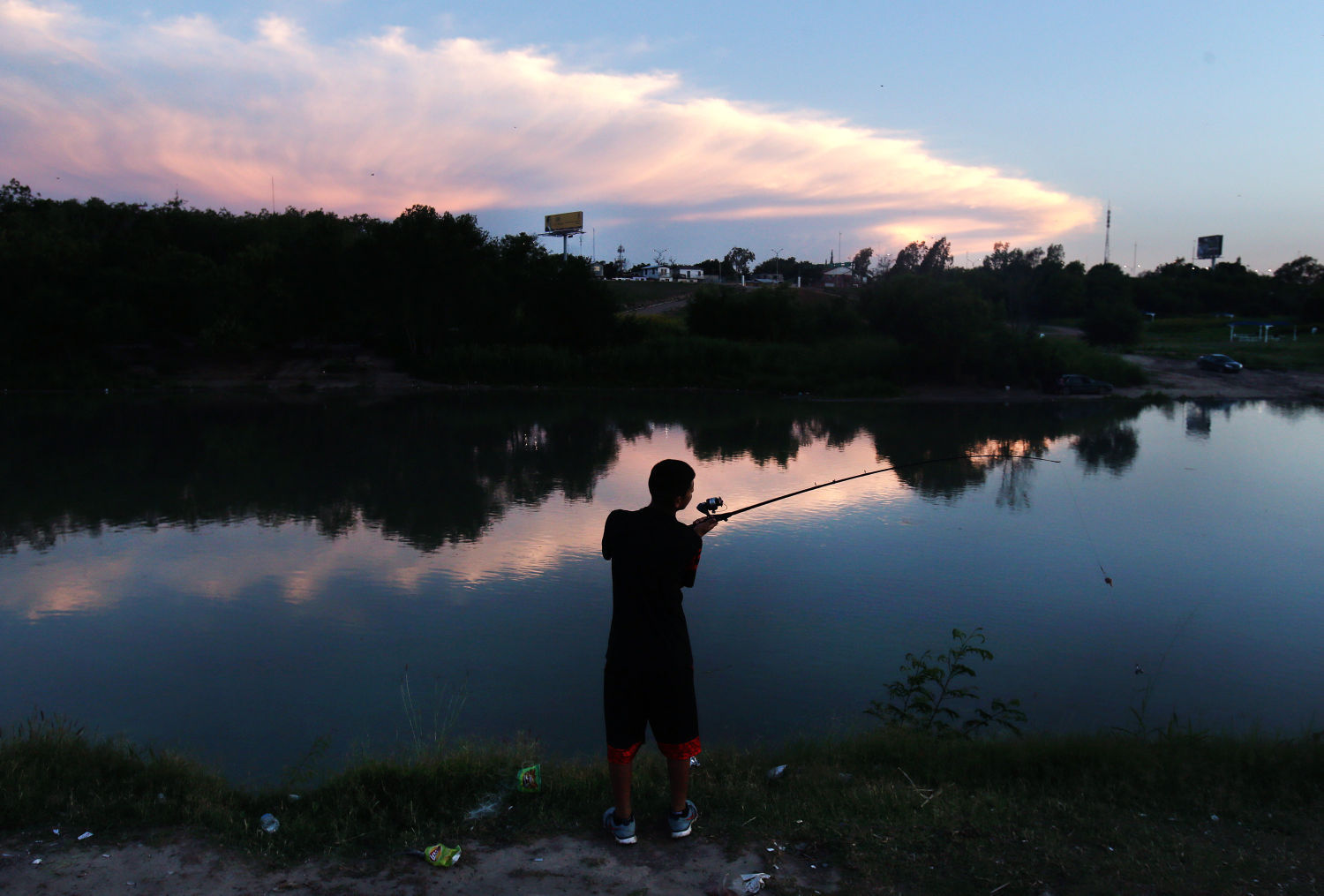
Beyond The Wall
Texas: Wall can wait; the fish are biting
Two countries, one river to cast a rod and reel.EXPLORE BY STATE








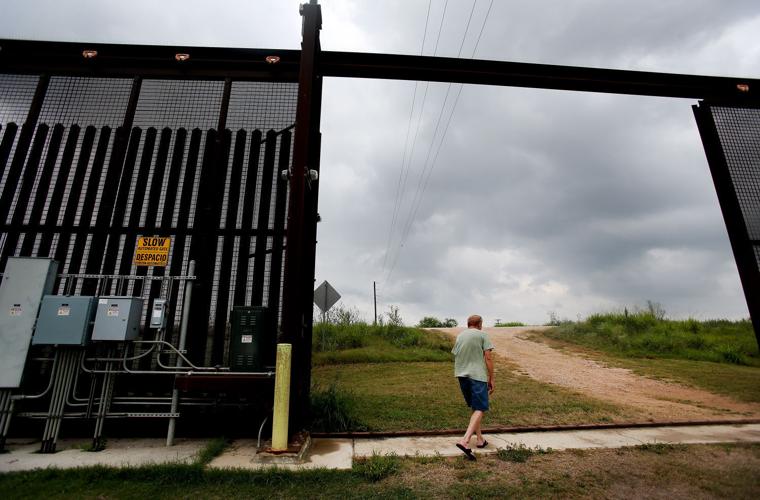



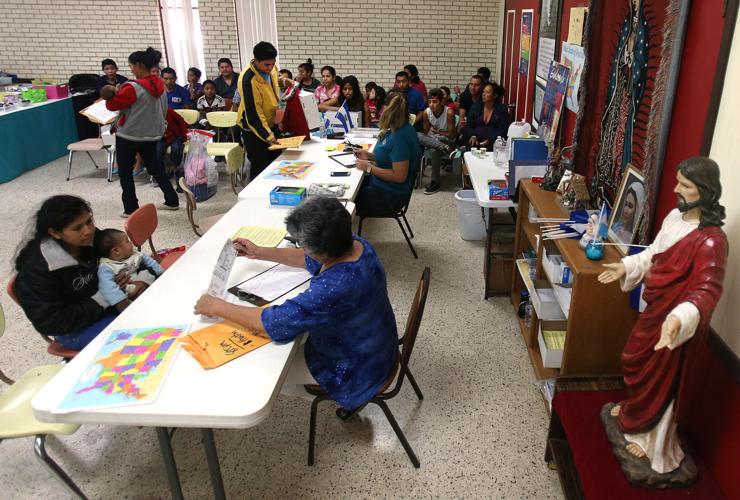




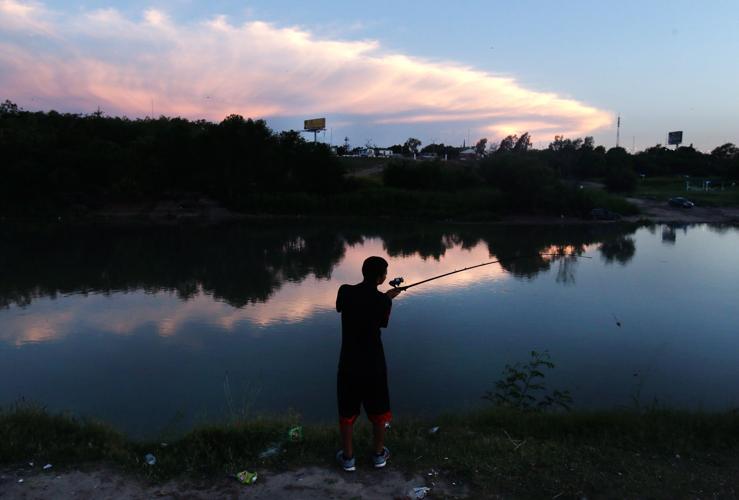

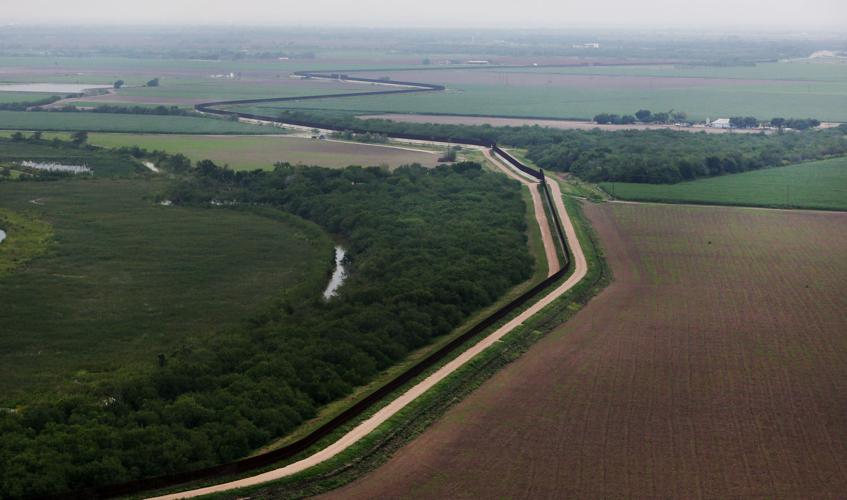
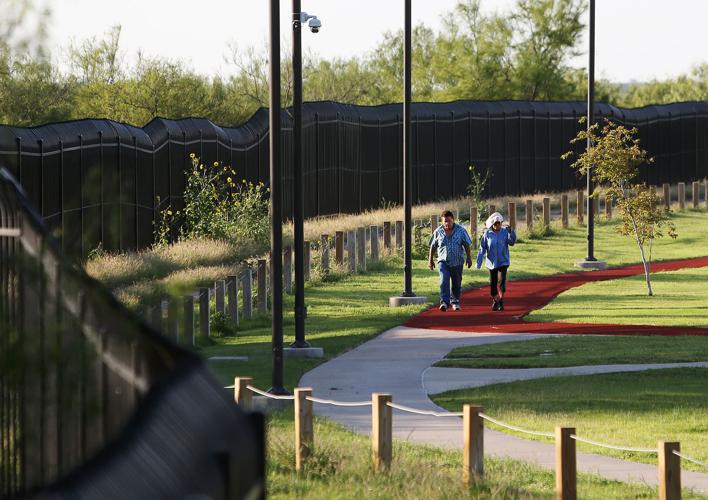






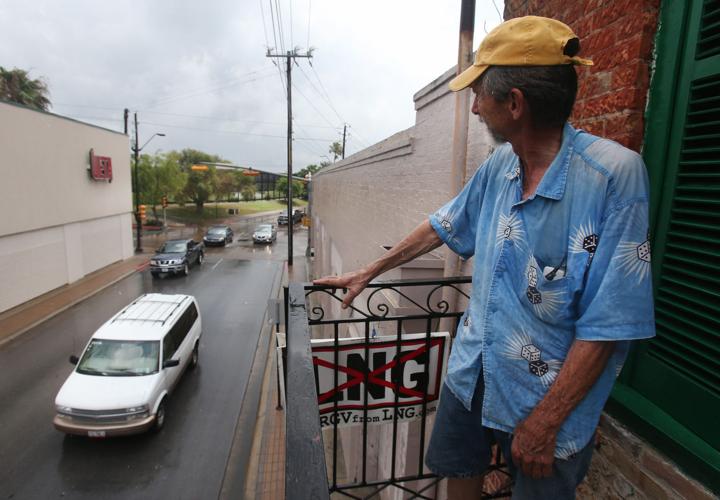



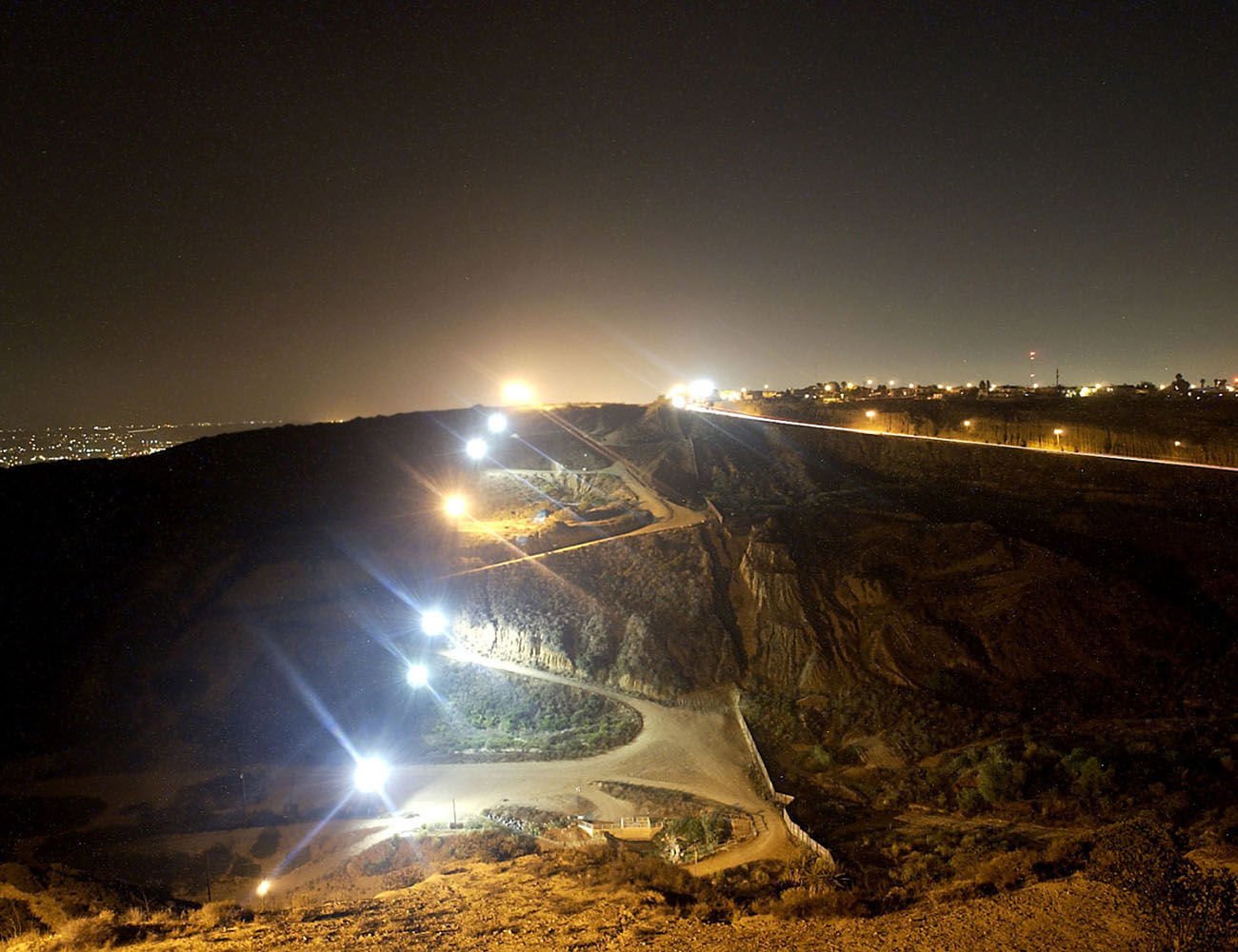 CALIFORNIA
CALIFORNIA ARIZONA
ARIZONA NEW MEXICO
NEW MEXICO